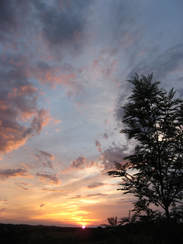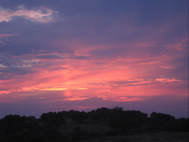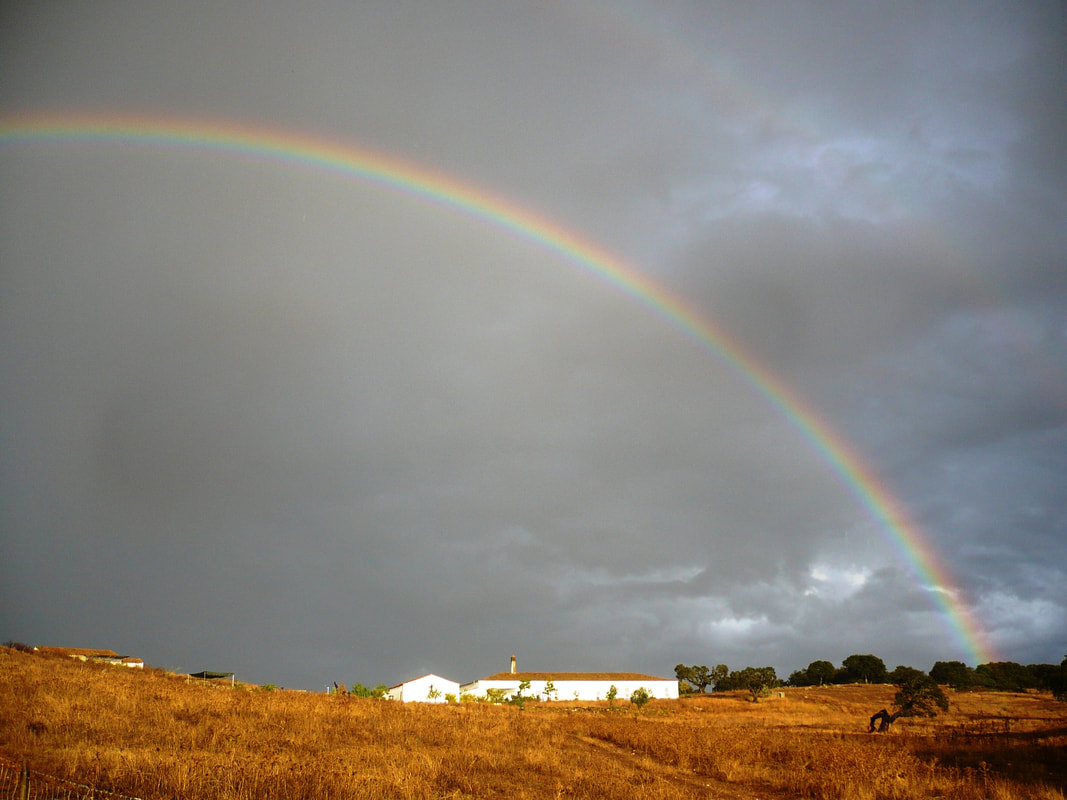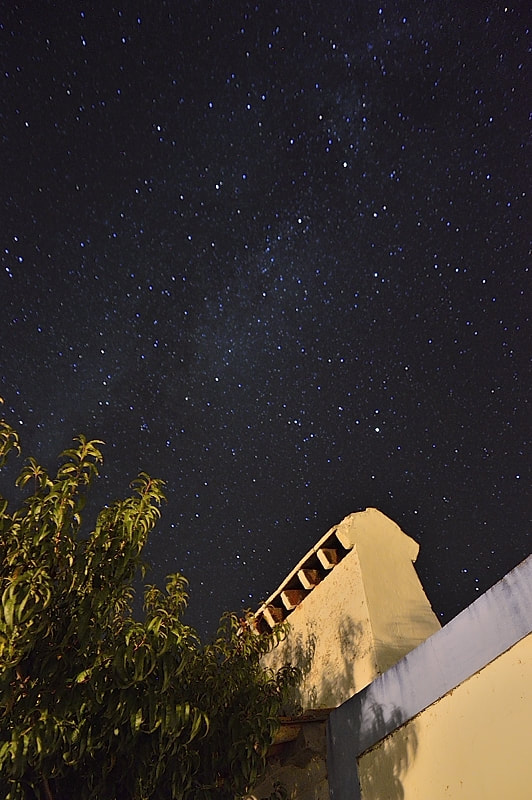Temperature and rainfall
|
The region has a continental climate, but is still influenced by the Atlantic Ocean. As a result, the vegetation in Alentejo is greener than in Extremadura, the neighboring Spanish region. The annual rainfall is 625 (350-800) mm (80% falls in the winter-half-year).
For the past 8 years, we have registered the daily rainfall. These statistics show that, if you stay for one week in the rainy season (November – April) the probability of a day with lots of rain (more than 10 mm) is just 2%. On those rainy days it generally rains cats and dogs for some hours; there is still a good chance to see the sun and even to dry the laundry. The probability of having virtually no rain over seven days in a row is 95% in average. In March this is 80%. (a day “virtually no rain” is defined as less than 2 mm). The average minimum/maximum temperatures in December, January and February are 13 / 7 oC, and in July and August 30 / 16 oC. In January, nights may occasionally reach below-zero temperatures, but it almost never snows. The last time was in 2009, when patches of snow around the Herdade stayed for 7 hours! Winter days are often pleasantly warm because of the brilliant sun and the nearly imperceptible breeze—it can be T-shirt weather in the middle of the afternoon. In July and August, the maximum temperature occasionally goes over 35 and sometimes even over 40 ºc. In those hours, retreat to the swimming pool or take a siesta inside the house, where stone walls keep the rooms cool. Extreme temperatures in summer are accompanied by strong and dry wind. And the nights are usually pleasantly cool: 15-20oC. |



